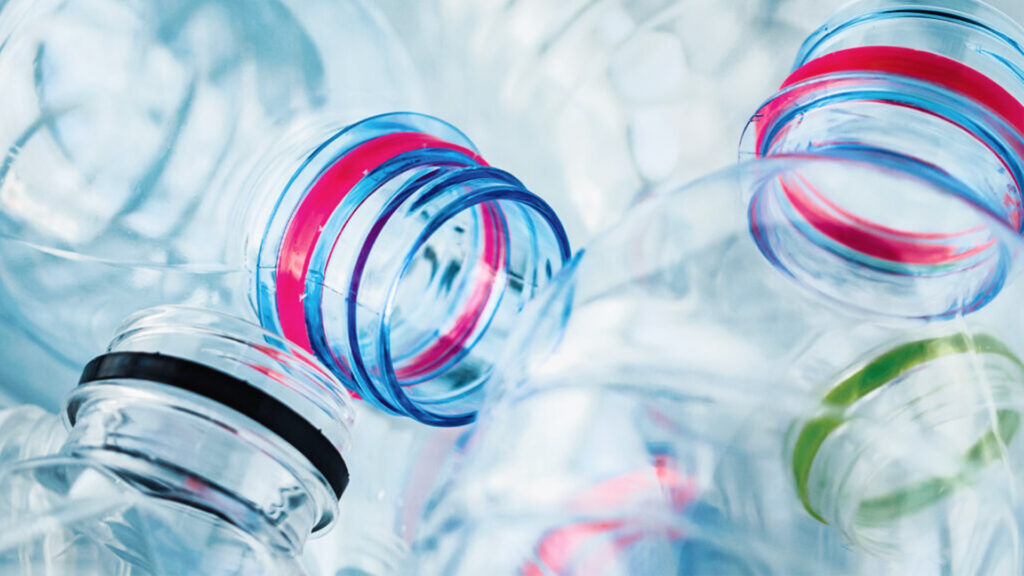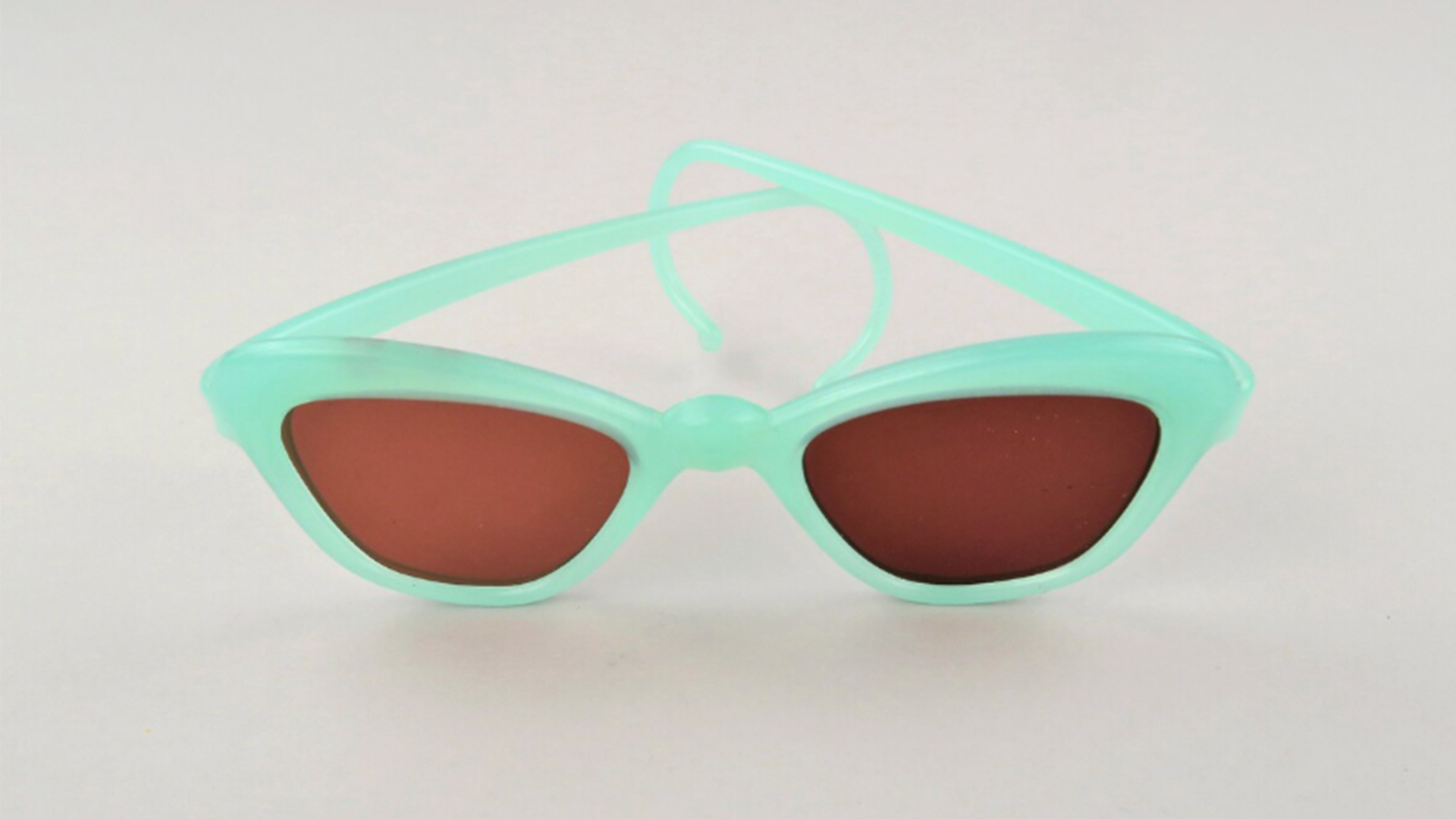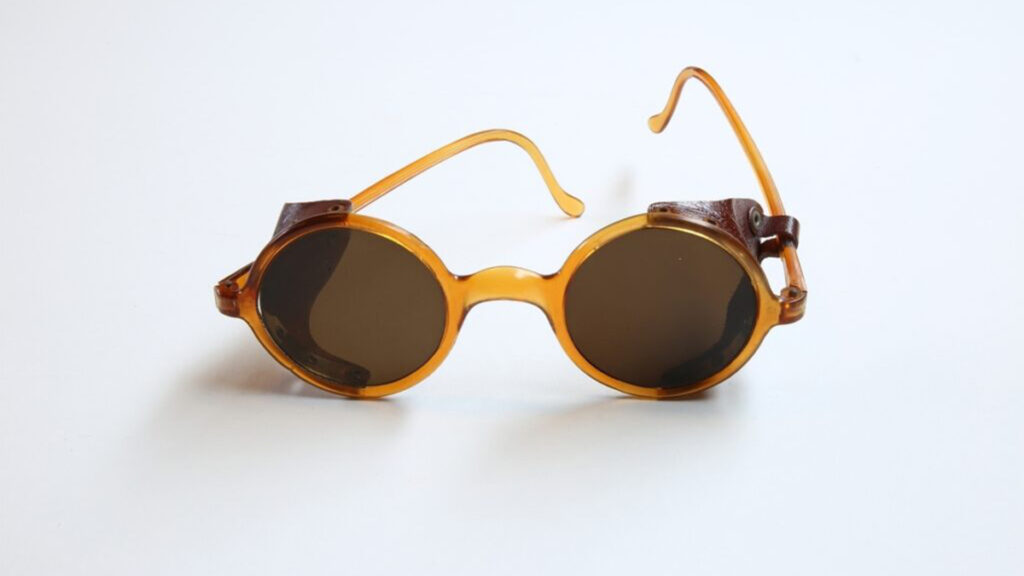The global plastic economy has several conflicts that humanity must resolve for the planet to survive. This task involves multiple complications at economic, environmental, and production levels.

Plastic Economy
Firstly, there is a direct connection between the petrochemical sector and the economy of plastic production. According to the Organisation for Economic Co-operation and Development (OECD), this link has created strong ties with the fossil industry, as 99% of plastic comes from fossil carbon. Thus, the plastic and fossil industries are economically and infrastructurally integrated.
Global plastic market
Secondly, regarding production figures, the PlastChem project from the Norwegian Research Council recently studied the global plastic market and indicated that it was valued at $593 million in 2021, with a total production of 369 million metric tons. To help visualize this information, consider that a blue whale weighs about 100 tons. So, we can imagine that the amount of plastic circulating globally each year in the global trade is equivalent to the mass of 4 million blue whales.
Plastic pollution
Moreover, a third strategic point is plastic pollution. According to PlastChem, the United States, China, and European countries are the primary producers of plastic, and emerging economies are experiencing a rapid expansion of local production capacity. This means that the global plastic production growth is exponential. It is a global business. In fact, the OECD projects that non-recycled plastics derived from petroleum will continue to dominate the global market in 2060, leading to accumulated stocks of plastics in nature tripling to an estimated 493 million tons, impacting marine and freshwater ecosystems.
In this scenario of global environmental conflict, the authorities and companies in the producing countries, which have been involved in this complex market for over 90 years, bear direct responsibility for the inability to manage the environmental impact of plastic production. Designers, artists, and various communities have proposed palliative initiatives.
Plastic Recycling: Colombian Sunglasses

In Colombia, there is Saju, a company that transforms plastic waste into sunglasses and lenses. Their proposal has two interesting dimensions. The first is an artistic theatrical strategy that involves users in the design process. Saju has created an on-site machine that allows the customer to be part of the process. In their stores, the user starts by choosing the colors of the processed plastic to be recycled, which comes from used toys and plastic bottle caps. Then, they can select the lenses that fit their glasses. With these specifications, they place the mixture in a transparent tube and press the start button. This process takes 20 minutes. With a theatrical performance, one minute before this experience ends, the lights in the store are turned off, and a countdown timer begins. When it reaches zero, a compartment opens, and after a layer of smoke, the glasses see the light. The second dimension of Saju is educational; both in-store and when purchasing online, they share information with details about the recycling process, including materials and procedures.
Innovation in Ecuador: Lenses and Sunglasses

In Latin America, similar experiences can be found. For example, in Ecuador, there’s Bottleyes. It started as a startup that decided to make eyewear from recycled plastic bottles. According to Forbes (2024), Bottleyes designed a hinge that became the key to its success. They entered one of the most important ophthalmological scaleups in the world, aiming to bridge the visual gap in underdeveloped countries. According to William Romero, CEO of Bottleyes, who has been named one of the 20 sustainability leaders in Latin America by the Latin American Leaders Awards, their goal is to turn people with visual needs into the driving force behind the environmental transformations the planet needs. In his interview with Forbes, he mentioned, “70% of the plastic we consume ends up in landfills, meaning only 30% is recycled. (…) On the other hand, a third of the world’s population has visual needs that require them to use glasses, yet not everyone has the resources to afford basic necessities.”
Recycling in Argentina: Design and Environmental Activism
Finally, in Argentina, there’s Mutan, a company of designers and environmental activists who work from the collection of plastic bottle caps through cleaning, sorting, and shredding to obtain raw materials to prevent post-consumer plastic from ending up in the ocean. They produce a range of products, including sunglasses. To date, they have recycled and recovered 6,400 kg of plastic, and since 2016, they have saved 12,800,000 liters of water. This is how professionals in the arts and innovation organize and produce options to mitigate the harmful effects of indiscriminate plastic consumption and production on a local scale. While the short-sightedness of global transnational producers might be incurable, sustainability efforts aim to improve human vision. This energy for change from the arts and innovation will undoubtedly inspire future regional changes.





